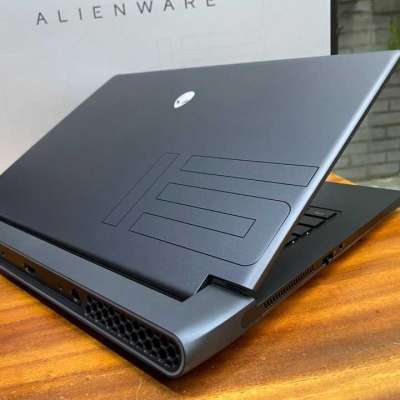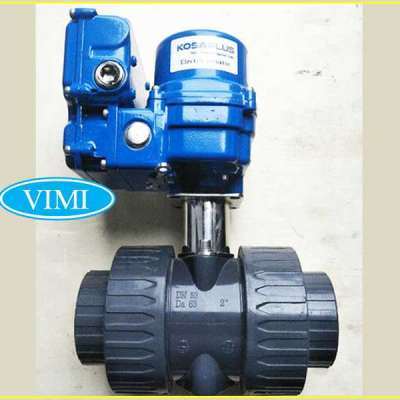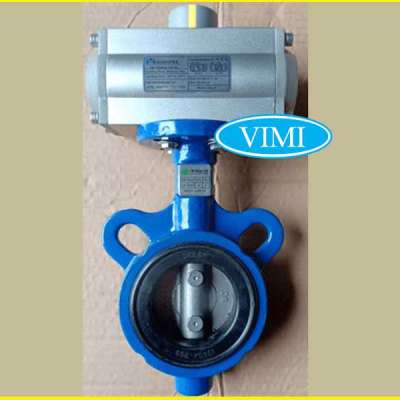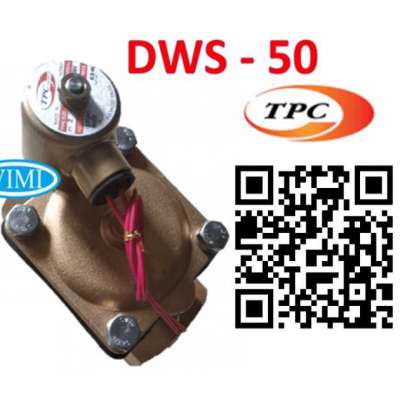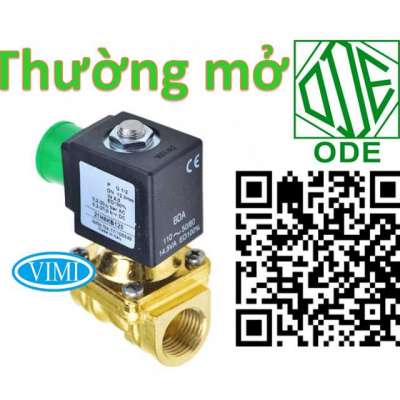The Evolution of Audio Visual Technology in Conference Rooms
For many years, traditional audio visual solutions like projectors, screens, and control panels dominated conference rooms. However, with the rapid evolution of audio visual technology, touchscreen displays have now become a popular choice for modern conferencing needs. These large format, high resolution touch displays are revolutionizing the way users interact with audio visual systems in meeting and collaboration spaces. In this blog, we will discuss how touchscreen displays are enhancing user experience and functionality in modern AV solutions for conference rooms and collaboration spaces.
Introduction to Touchscreen Displays
A touchscreen display is a large display screen with a touch-sensitive overlay that allows users to interact directly with content on screen by touching or tapping with their fingers. Modern touch displays come in a wide range of sizes from 55” all the way up to 100” or more and feature high resolution LCD or LED display panels. These displays support multi-touch capabilities, allowing users to perform gestures like pinch, zoom, swipe with their fingers. Touch interaction provides an intuitive and seamless user interface compared to traditional control systems.
Advantages of Touchscreen Displays in Conference Rooms
Streamlined Control Interface: Touchscreen interfaces replace the need for separate control panels and remotes, simplifying the overall control system. Intuitive touch controls make it easy for any user to operate the AV system with minimal training.
One-stop Solution: Touch displays consolidate multiple AV elements like video conferencing systems, presentation sharing, content playback, room scheduling, and controls into a single, integrated touch interface. This simplifies design, installation and management of the overall solution.
Enhanced User Experience: Touch interaction provides a more engaging and natural experience compared to buttons and menus. Gesture controls allow intuitive zooming, scrolling of content. Touch-based apps can also customize the interface as per user needs.
Future-ready Platform: Touch displays support the latest connectivity technologies like wireless presentation, 4K/HD resolutions, audio integration. Their open platform compatibility allows easy system upgrades and integration of new protocols.
Key Applications of Touchscreen Displays
Video Conferencing: Integrated touch interfaces simplify operations for conference calls. Users can intuitively start/end calls, share content, control camera presets with gestures and taps.
Digital Signage: Touch displays make for versatile digital signage in spaces like lobbies to display schedules, menus. Interactivity enhances the whole experience.
Workspace Collaboration: Large touchscreens placed in huddle rooms or shared workspaces provide a single canvas for brainstorming, annotating ideas and sharing documents among teammates.
Data Visualization: Touch interaction facilitates smooth navigation through complex dashboards, graphics, process flows and visual aids during presentations.
Visitor/Wayfinding Systems: Intuitive touch interfaces on wayfinding kiosks and information displays help visitors easily locate rooms, browse maps and get directions within large facilities.
Emerging Technologies & Touchscreen Displays
As audio visual technology keeps evolving rapidly, touchscreen displays are also advancing to support the latest conferencing and collaboration trends. Some of the emerging technologies that touch displays are enabling include:
Interactive Whiteboarding: Integrated whiteboarding software turns touch displays into powerful digital canvases for real-time collaboration, annotation and drawing during meetings.
Soft Codec Integration: Many video conferencing platforms now support native integration with touch interfaces for streamlined calling and content sharing directly from the display screen.
Wireless Presentation: Modern touch displays support standards like AirPlay, Miracast for wirelessly presenting content from laptops, smartphones on the big screen with just a few taps.
AI/Voice Assistance: Some touch systems are integrating AI virtual assistants for hands-free interactions like initiating calls, browsing agendas using voice commands.
Digital Workspaces: Large format touch displays coupled with UC platforms are transforming conference rooms into virtual collaboration spaces even when teammates are remote.
The Role of Touch Displays is Evolving
As touchscreen technology matures further and new interactive capabilities emerge, its role in audio visual systems is also evolving. Touchscreens are no longer limited to just being an alternative control interface - they are transforming the entire user experience in collaboration spaces. Their open ecosystems allow integrating capabilities like room booking, facility management, building automation with conferencing controls.
Touch displays are uniquely positioned to take on a central role as the focal point and 'collaboration hub' within modern conference room designs. When combined with other smart technologies like motion sensors, video conferencing solutions, they can deliver radical new experiences for meetings, learning and teamwork. The future of touch displays in AV looks very promising as they drive the next wave of innovation across industries for enhancing productivity and collaboration.
Read Related:- https://jamesespinosa926.total....-blog.com/the-evolut
Like
Comment
Share










